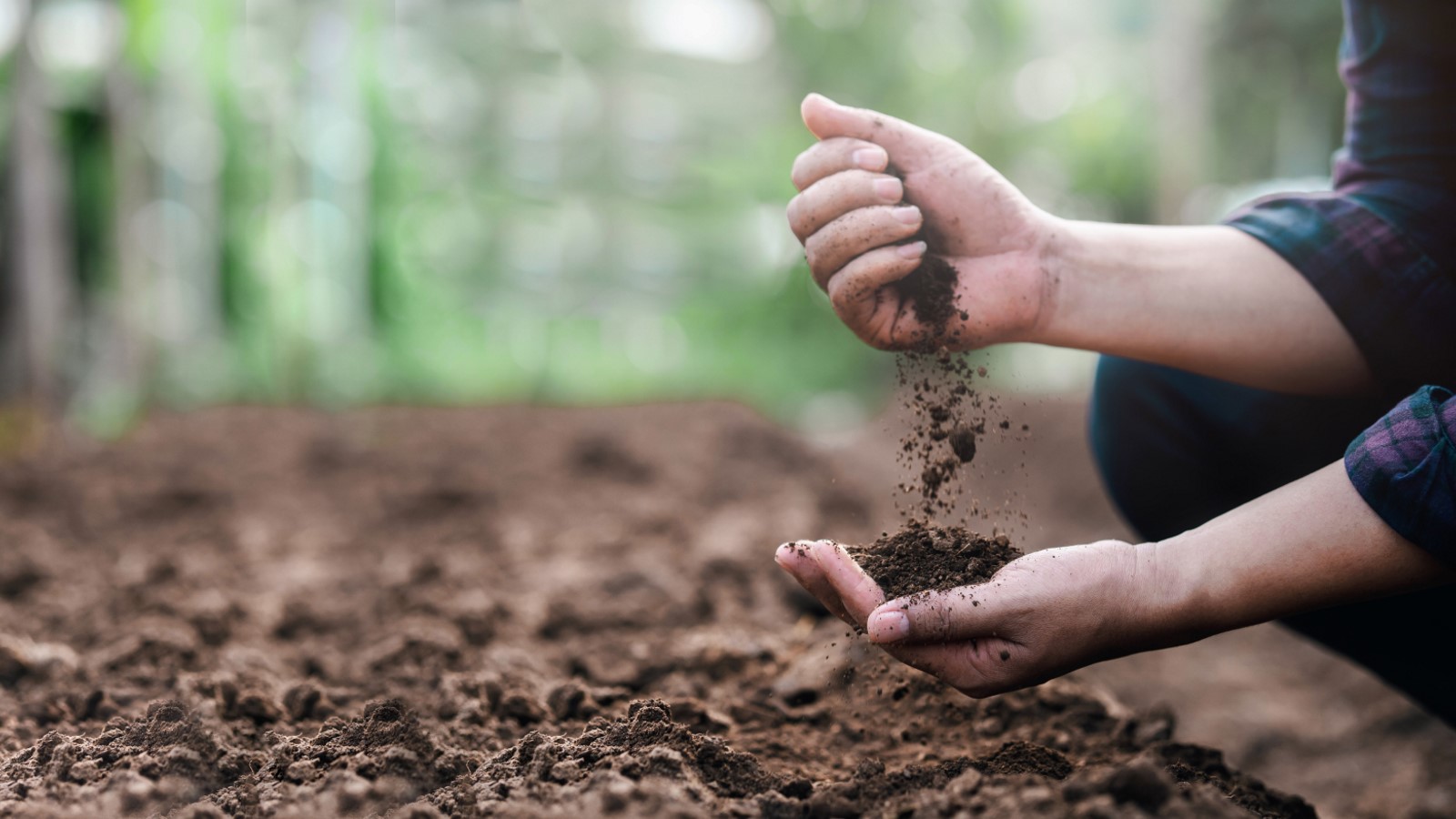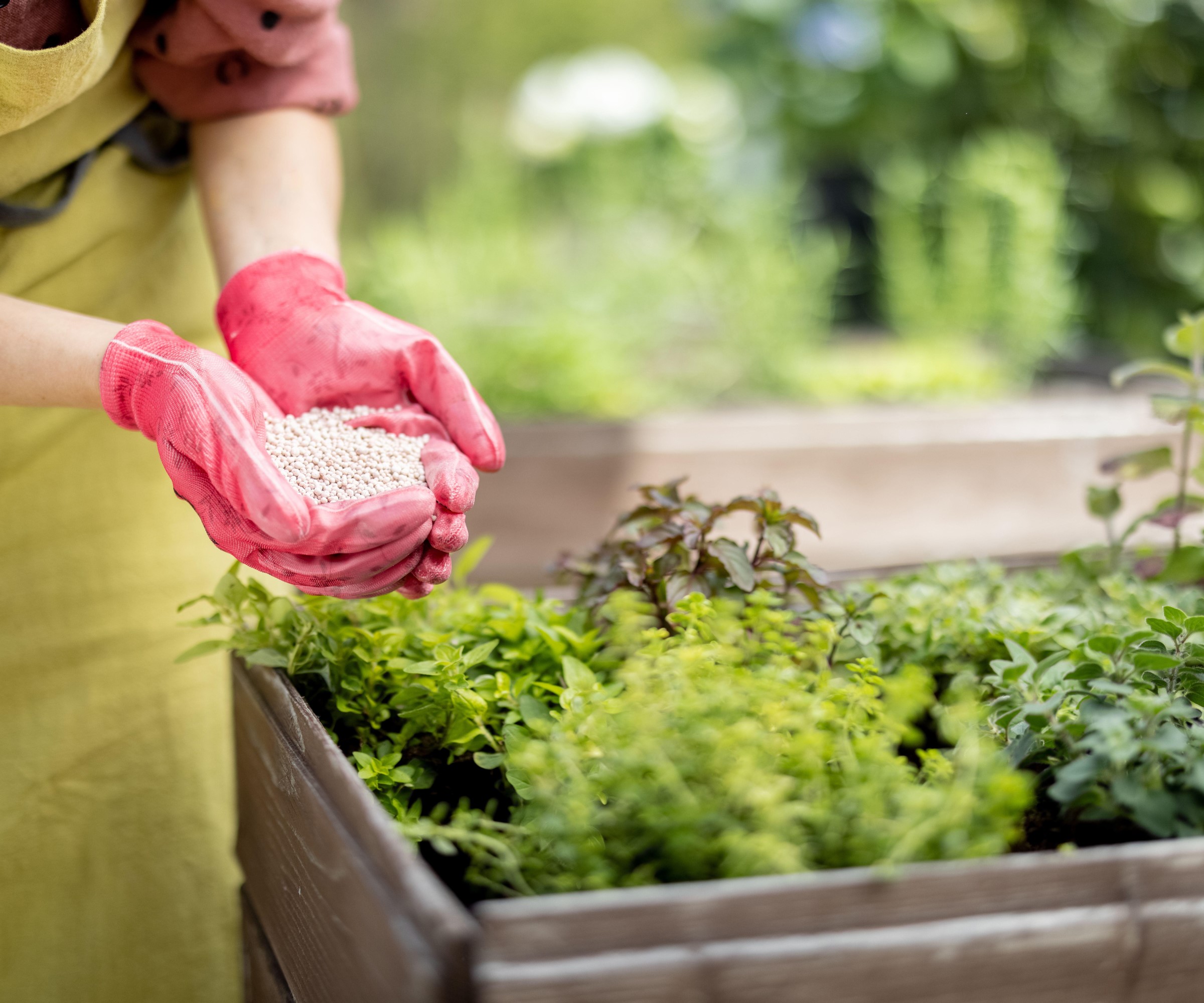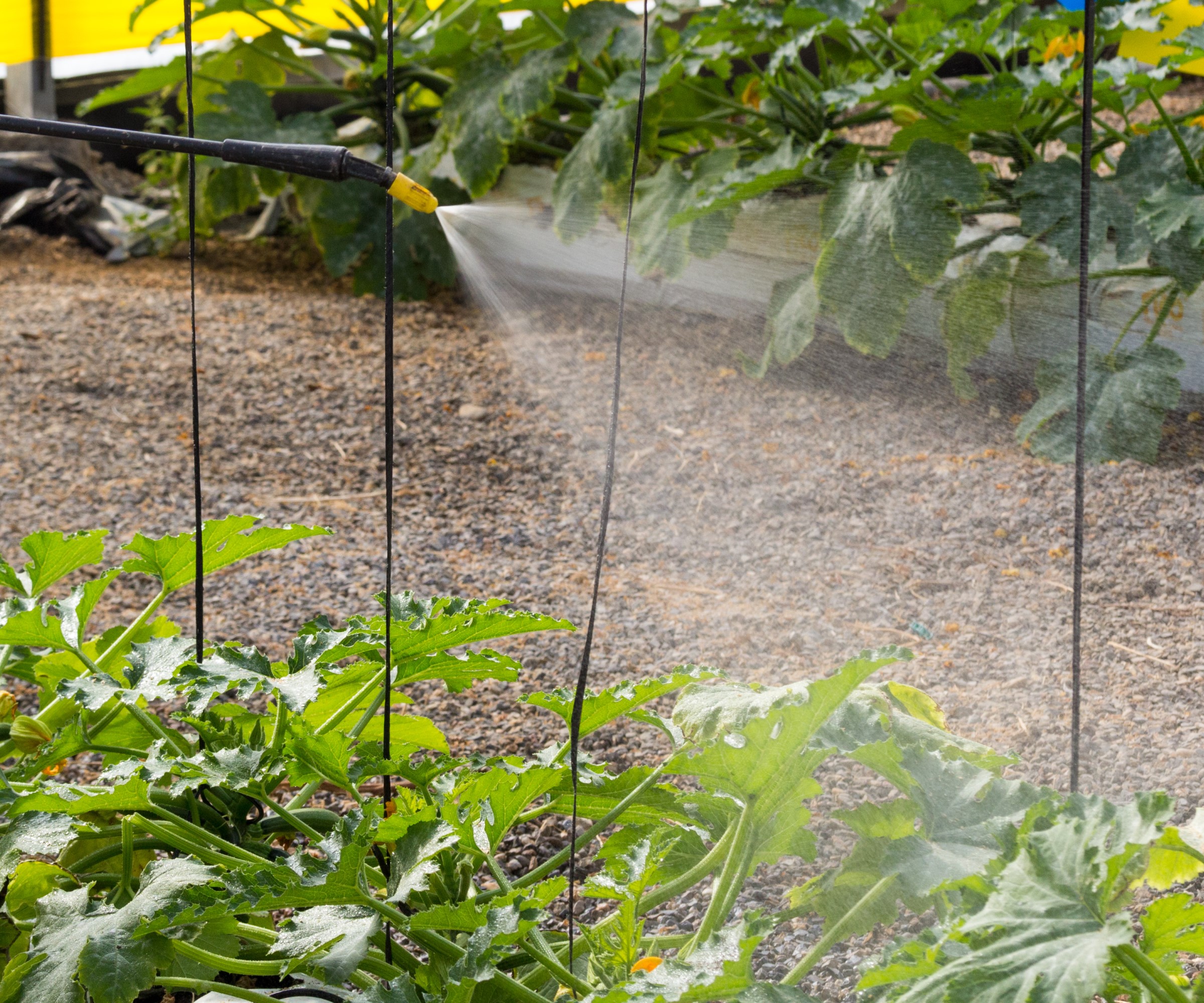How to add phosphorus to soil – 5 organic methods to use in your garden
Discover organic methods of boosting phosphorus levels in your soil that your plants will thank you for


Nitrogen, phosphorus and potassium are the main three nutrients needed by plants for strong and healthy growth. Commonly referred to as NPK, each has their own area of specialism in which they help our plants.
The nitrogen is for leafy growth, potassium is for flowers and fruiting, and phosphorus is for healthy plant roots and strong growth. A deficiency in phosphorus in particular is a very common problem that can inhibit a plant’s growth, or ultimately even kill it.
Understanding your soil health and soil types are vitally important if you want your flowers, vegetables, or trees to flourish in your backyard. Rest assured though, that if your soil is short of phosphorus there are methods available to boost those nutrient levels to what your plants are after.

A healthy soil contains a mix of macronutrients, including nitrogen, phosphorus and potassium

Drew is a trained and former professional gardener who worked at several historic gardens for the National Trust in the UK. This includes the renowned Hidcote Manor Garden, located in the Cotswolds, UK. He is an experienced horticulturist, who also spent time working as a specialist kitchen gardener.
Why should you add phosphorus to soil?
Phosphorus, the P in NPK, primarily promotes the growth of healthy roots and shoots. The roots are vital for both supporting the plant and helping feed the plant by getting nutrients from the soil. Phosphorus also plays a valuable role in photosynthesis and ensuring that crops mature at the correct time – making it highly valuable for your vegetable garden.
A lack of it can cause plants to look deficient, with dark green or reddish patches on their leaves. Other signs of a phosphorus deficiency can include the foliage turning a dull yellow and the plant overall just growing slower than expected. It most often strikes plants during their early stages (when they are seedlings, for example), and it can be hard to reverse the effects of phosphorus deficiency, but it can hit at any stage of a plant’s life.
If you are struggling with a deficiency of phosphorus, then there are methods out there to boost the levels of phosphorus in the soil. It tends to be heavy clay soil that is most susceptible to low phosphorus levels, though it is always worth testing your soil to find out its type, pH, and nutrient make-up. Soil test kits are readily available at Amazon, and can cost as little as $10-$15.

Granular fertilizers should be mixed into the soil and watered after being applied
5 organic methods for adding phosphorous to soil
There are a variety of methods available to add phosphorus to your soil, both chemical and organic. We take a look at five of the best organic methods to boost your soil’s level of phosphorus and ensure your plants have all the nutrients they need for strong shoots and roots.
Design expertise in your inbox – from inspiring decorating ideas and beautiful celebrity homes to practical gardening advice and shopping round-ups.
1. Bone Meal
Bone meal is an organic fertilizer that comes in a powder form and that is very high in phosphorus. It is made from steamed animal bones, commonly beef bones, and can be used for all forms of plants, including flowers, vegetables, fruit, trees and shrubs.
Bone meal can be added at any time from February to November and it is simple to apply. Either mix it in with compost or sprinkle the bone meal over the soil and use a garden fork to mix it in. Always ensure to water the area well after applying. Bone meal is chemical-free and also improves the level of microorganisms in the soil, boosting the overall structure and fertility.
Bone meal is available from Walmart, Burpee and Nature Hills.

Fertilizers can often be applied as a foliar spray or in pellet form
2. Rock phosphate
Rock phosphate is a mined rock that can contain up to 20 per cent phosphorus. It is a slow-release fertilizer and gardeners can benefit from the fact it will add phosphorus for a long period of time.
Unlike many fertilizers, rock phosphate does not have to be applied annually and can add the nutrient for many years. Rock phosphate is commonly used for both vegetables and in flower beds. It is recommended to apply the fertilizer to your soil in early spring. It can either be incorporated into planting holes or sprinkled over the soil surface and worked in.
You can buy rock phosphate from Walmart and Amazon.
3. Fish Meal
Fish fertilizer is made from byproducts of the fishing industry, including bones, scales and skin. It is an organic fertilizer that is rich in nitrogen and phosphorus and great for boosting foliage and root development.
Fish meal can come as a liquid or granular fertilizer, so it can either be used as a foliar spray or scattered around the plants in pellet form. Any application of the granular type needs to be worked into the soil and watered in well. Take care, as fish meal can burn plants if it is over-applied. Only apply the fertilizer at the rates specified on the packaging.
You can buy fish fertilizer from Burpee and Nature Hills.

Take care not to touch plant stems with fertilizer
4. Green Manure
Green manures are crops grown specifically to add nutrients into the ground, cover bare soil, and suppress weeds. They can be an important part of any crop rotation plan.
Alfalfa is a very popular green manure and a legume that is rich in phosphorus. Buckwheat is another common green manure that can successfully supplement the soil with phosphorus.
Green manures are often worked into a crop plan and sowed directly when there are bare patches of soil in the vegetable garden. Alfalfa can be sown in fall or spring, while buckwheat is sown in late spring or early summer.
Alfalfa green manure seeds are available from Amazon and Walmart.
5. Animal manure
Manure has a high concentration of phosphorus and can be used to boost the levels in the soil. Cow, pig, chicken, and horse manure contain lots of phosphorus and are commonly used as an important resource to add important nutrients into the soil for crops.
When manure is used in the garden, it needs to be well-rotted or added to the compost heap. Fresh manure can have such high levels of both nitrogen and ammonia that it can actually burn the roots of plants if it is added directly. Manure is often dug into the soil prior to planting crops and plants.

Drew has worked as a writer since 2008 and was also a professional gardener for many years. As a trained horticulturist, he worked in prestigious historic gardens, including Hanbury Hall and the world-famous Hidcote Manor Garden. He also spent time as a specialist kitchen gardener at Soho Farmhouse and Netherby Hall, where he grew vegetables, fruit, herbs, and cut flowers for restaurants. Drew has written for numerous print and online publications and is an allotment holder and garden blogger. He is shortlisted for the Digital Gardening Writer of the Year at the 2025 Garden Media Guild Awards.